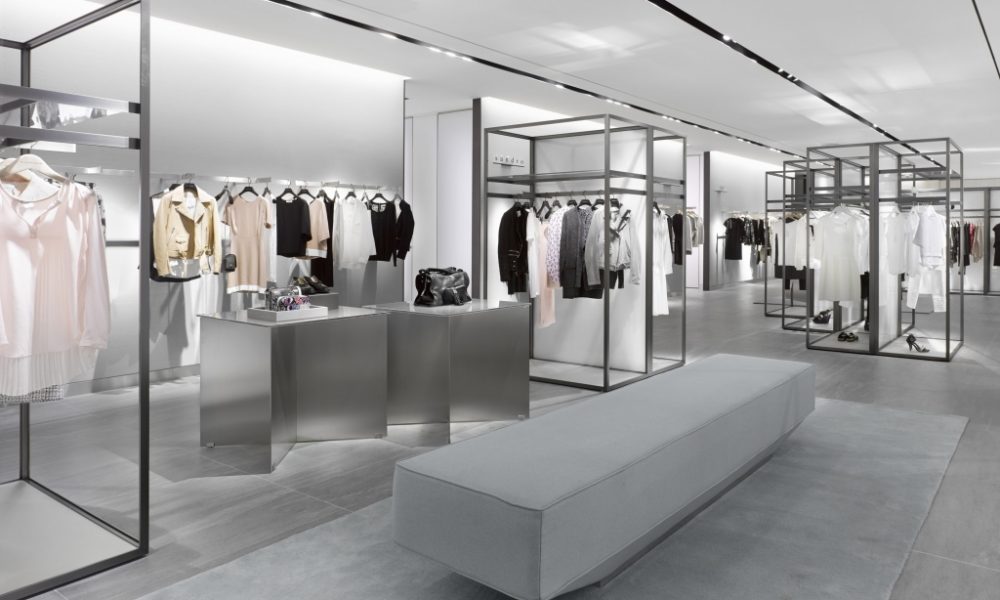A product cannot always sell itself. Retailers must make an effort to create interest and encourage the interest of customers. This influence can come from advertising and there is a significant market for ensuring that marketing methods are targeted and effective, building brand awareness and driving sales. However, for many retailers, especially smaller businesses, these pursuits are out of reach and, instead, they must turn to their shop spaces to promote products.
The consideration of a shop space is not something to be overlooked and established retailers have long studied the degrees of impact that shop furniture and displays can have on customer motivations. To show you how, and to potentially inspire the redesign and improvement of your own retail space, we’re sharing four ways in which interior design can influence customers.
Layout And Direction
The arrangement of shop furniture and shelving creates an encouraged method of browsing. Some retailers choose designs that insist on a certain direction for customers to take, arranging aisles and displays so that shoppers must navigate certain routes to exit the store. This can be a successful method for brands that want to reach maximum product exposure, having customers walk by as many shelves, mannequins, and greeting card units as possible.
Others may decide that a more relaxed environment is important, encouraging customers to navigate freely. While this reduces exposure to various products, it can create a relaxed atmosphere and encourage longer periods of browsing.
Consider the type of layout and direction that might work for your products and customers.
Room For Relief
Those who have studied retail design may be familiar with the concept of a transitory space between the entrance and a shop floor. By keeping this area free from products and displays, shoppers are able to more easily acclimatise to the shop interior and begin shopping comfortably.
This room for relief can apply elsewhere in the store too and many retailers find it worthwhile to give customers the opportunity to slow down or even sit. The motivation behind such areas is to give customers the opportunity to break and consider, instead of feeling ushered or stressed. They are especially useful for shops with high-volume traffic.
The Science Of Shelves
Placing products on shelves isn’t as easy as it may seem. There is truth in the concept that products placed on higher levels of shop shelving tend to be considered premium even if this isn’t the case. And, while this might lead many to place all of their products on higher shelves, they should first be scrutinised. Heavier items are better placed lower down because it is safer to lift from below and customers will be less inclined to take heavier items from above their shoulders.
Independent Navigation
Customer comfort stems from a sense of independence. If shoppers need to seek help when browsing items, they can become displeased or even stressed. For this reason, retailers must ensure that their shop space can be navigated easily, with furniture layout and product arrangement that can be understood and browsed even without the need for signage.












